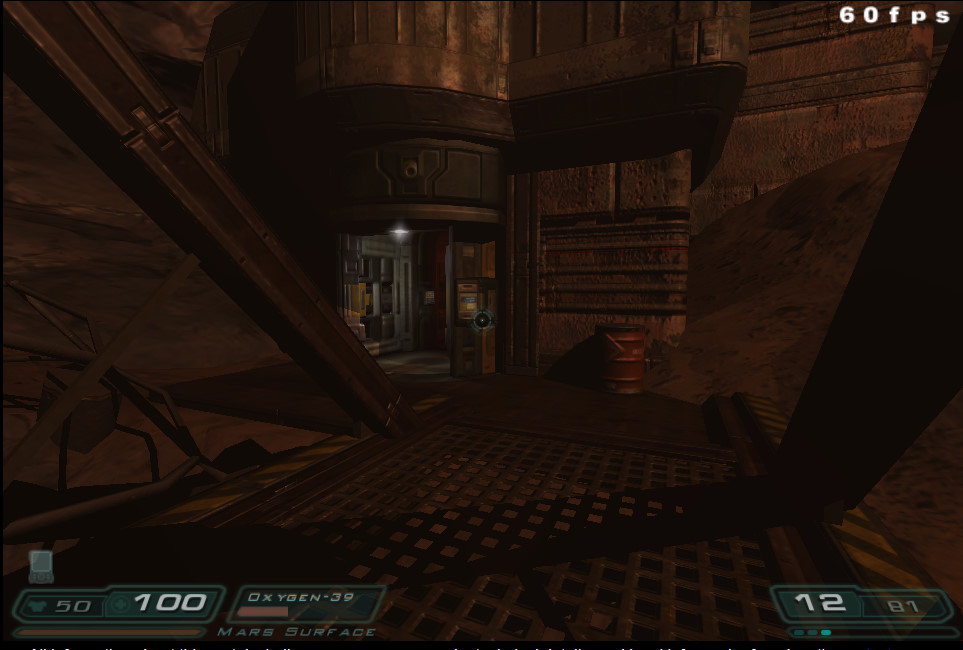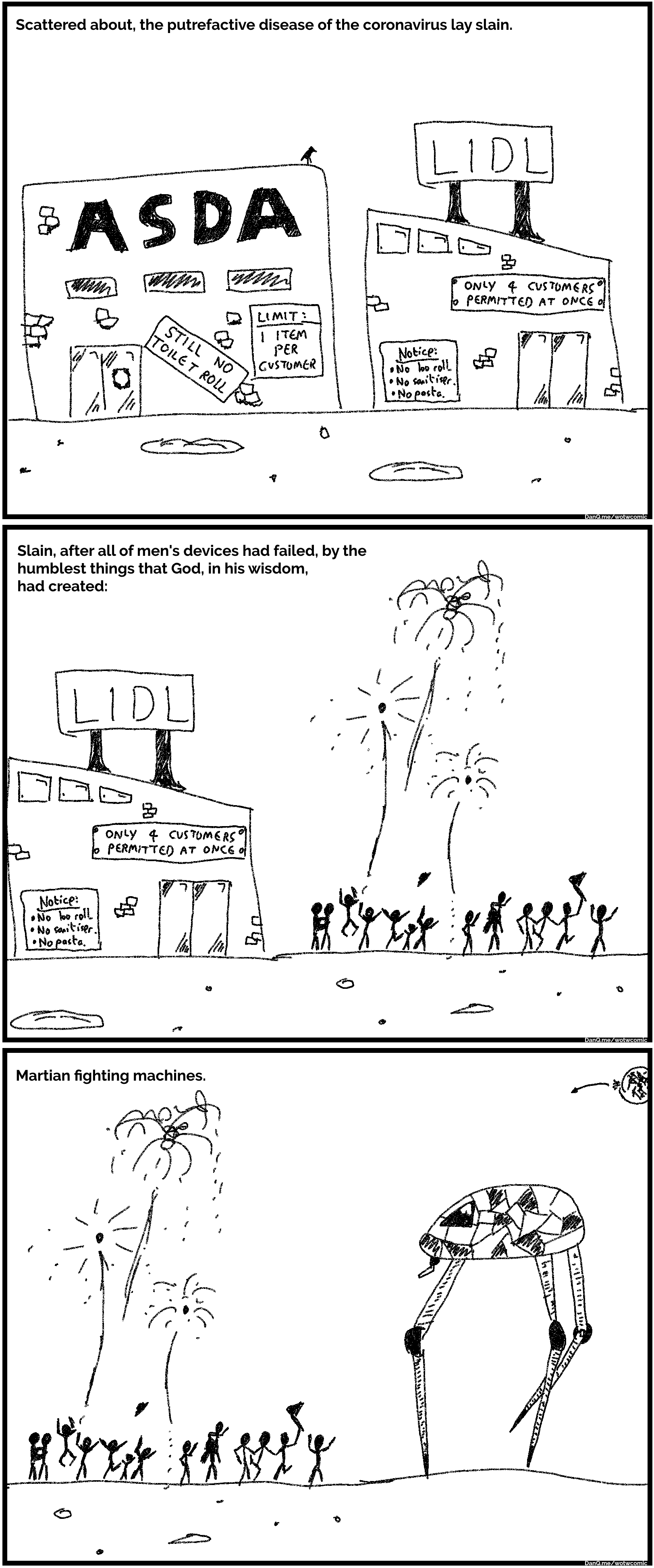I had a bit of a realisation, this week. I’ve long sometimes found it especially challenging to maintain a mental map of the preferred personal pronouns of people who don’t use “he”, “she”, or “they”. Further than that, it seemed to me that personal pronouns beyond these three ought to be mostly redundant in English. “Them” has been well-established for over six centuries as not just a plural but a singular pronoun, I thought: we don’t need to invent more words.
Over time – even within my lifetime – it’s become noticeably more-commonplace to hear the singular “they”/”them” in place of “he or she”/”him or her”, or single binary pronouns (e.g. when talking about professions which have long been dominated by a particular gender). So you might hear somebody say:
“I will make an appointment to see a doctor and ask them about my persistent cough.”
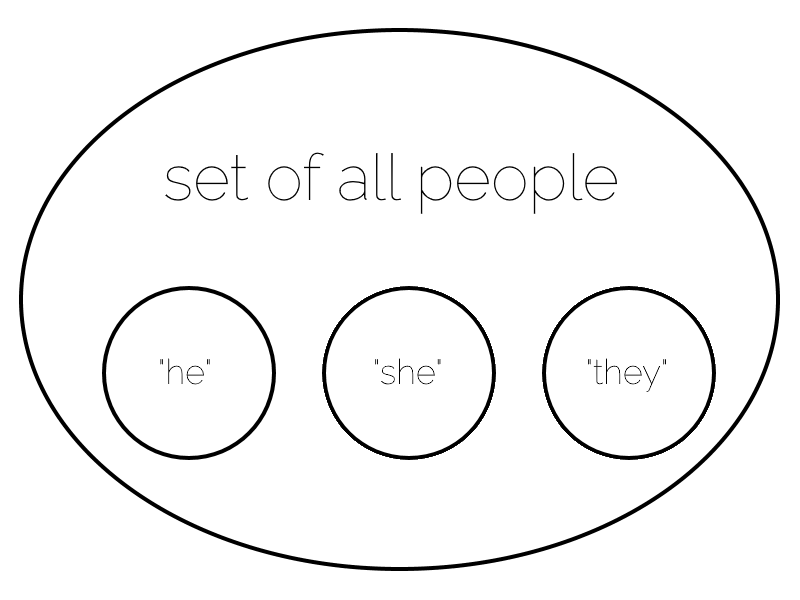
It seemed to me that “they” was a perfect general-purpose stand in for everybody who was well-served by neither “he” nor “she”.
I’ll stress, of course, that I’ve always been fully supportive of people’s preferred pronouns, tried to use them consistently, ensured they can be represented in software I’ve implemented (and pressured others over their implementations, although that’s as-often related to my individual identity), etc. I’ve just struggled to see the need for new singular third-person pronouns like ze, ey, sie, ve, or – heaven forbid – the linguistically-cumbersome thon, co, or peh.
I’d put it down to one of those things that I just don’t “get”, but about which I can still respect and support anyway. I don’t have to totally grok something in order to understand that it’s important to others.
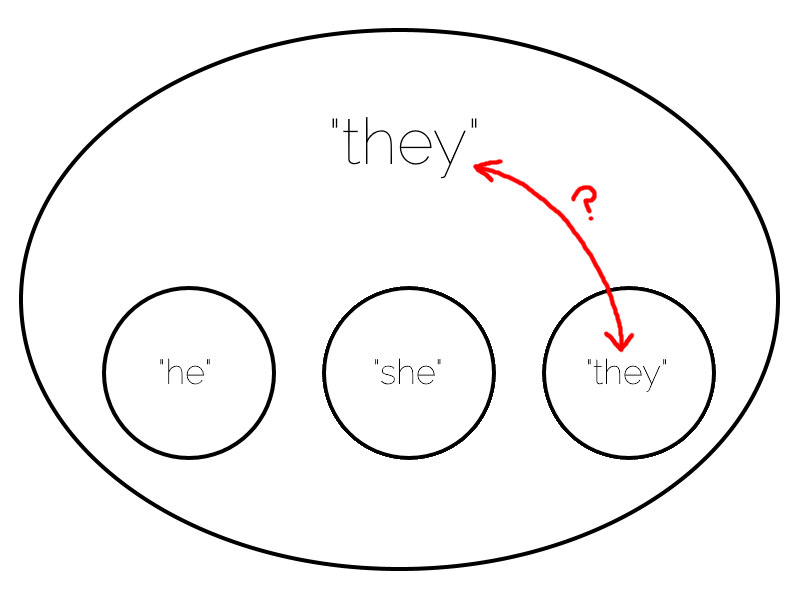
But very recently, I was suddenly struck by a comprehension of one of the reported problems with the use of the singular “they” to refer to people for whom the traditional binary pronouns are not suitable. I’ve tried to capture in the illustration above the moment of understanding when I made the leap.
The essence of this particular problem is: the singular “they” already has a meaning that is necessarily incompatible with the singular “they” used of a nonbinary subject! By way of example, let’s revisit my earlier example sentence:
“I will make an appointment to see a doctor and ask them about my persistent cough.”
Here, I’m saying one of two things, and it’s fundamentally unclear which of the two I mean:
- I do not know which doctor I will see, so I do not know the pronoun of the doctor.
- I will see the same doctor I always see, and they prefer a nonbinary pronoun.
The more widespread the adoption of “they” as the third person singular for nonbinary people becomes, the more long-winded it is to clarify specifically which of the above interpretations is correct! The tendency to assume the former leads to nonbinary invisibility, and the (less-likely in most social circles) tendency to assume the latter leads to misgendering.
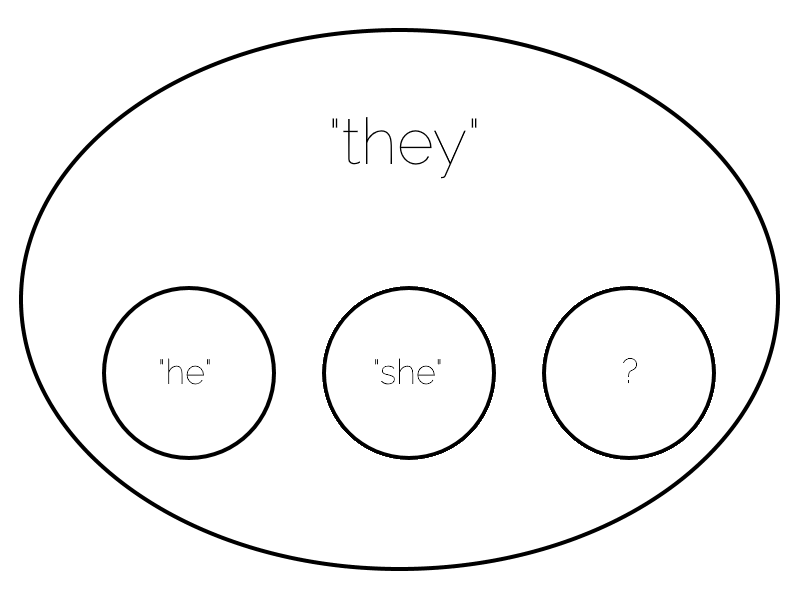
The difference is one of specificity. Because the singular “they” is routinely used non-specifically, where the subject’s preferred pronouns are unknown (as with the doctor, above), unknowable (“somebody wrote this anonymous message; they said…”), or a placeholder (“when I meet somebody, I shake their hand”), it quickly produces semantic ambiguities when it’s used to refer to specific nonbinary individuals. And that makes me think: we can do better.
That said: I don’t feel able to suggest which pronoun(s) ought to replace the question mark in the diagram above. But for the first time, I’m not convinced that it ought to be “they”.
Ultimately, this changes nothing. I regularly use a diversity of different singular pronouns (he”, “she”, and “they”, mostly) based on the individual subject and I’ll continue to acknowledge and respect their preferences. If you’ve you’ve told me that you like to be referred to by the singular “they”, I’ll continue to do so and you’re welcome and encouraged to correct me if I get it wrong!
But perhaps this new appreciation of the limitations of the singular “they” when referring to specific individuals will help me to empathise with those for whom it doesn’t feel right, and who might benefit from more-widespread understanding of other, newer personal pronouns.
(and on the off chance anybody’s found their way to this page looking for my pronouns: I’m not particularly fussy, so long as you’re consistent and don’t confuse your audience, but most people refer to me with traditional masculine pronouns he/him/his)









